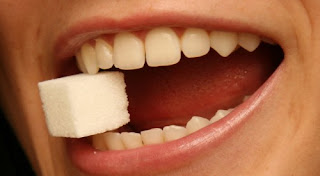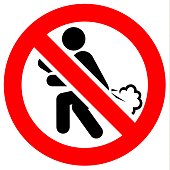HOW MUCH SUGAR SHOULD I EAT ?
WHAT'S THE DIFFERENCE BETWEEN ADDED SUGAR AND THE SUGAR WE FIND IN FRUITS ANDVEGETABLES? HOW MUCH CAN WEEAT A DAY AND WHAT ARE THE SYMPTOMS IF WE OVERDO IT? IF YOU'VE FOUND THE LATEST ADVICE AROUND SUGAR CONSUMPTION CONFUSING, YOU'RE NOT ALONE...
Recommendations advocating added sugar should make up no more than 5% of our daily calorie intake are causing a stir - we asked nutritionist Marilyn Glenville to shed some light on the sugar debate...
Q: How many pieces of fruit is it advisable to have a day?
A: Vegetables have more nutritional value as they don’t affect blood sugar levels as much as fruit. However, for someone trying to cut back on refined sugars, fruit is great for weaning yourself off sugary snacks.
How much sugar should I eat?Fruit juice is different, all the fibre has been thrown away. 2-3 pieces of fruit a day is fine, though try to have some nuts and seeds alongside your fruit. The protein slows down the absorption of sugar into the blood stream and provides longer lasting energy.
In terms of blood sugar, certain fruits like apples and berries are much better than the tropical ones, like mangos and pineapple. The fruit sugar content is naturally higher. Dried fruit is also one to watch as the sugar content is more concentrated because of the absence of water.
Q: Is there an ideal number vegetables you’d recommend we eat each day?
A: In certain countries the amount is actually split out into five veg and two fruit – that would be the ideal ratio – though the more vegetables the better!
Q: How much sugar a day is a safe amount and are all sugars equal?
A: The new World Health Organisation guidelines are actually concerned about added sugar – now recommending just 5-6 teaspoons a day. A single teaspoon of sugar is basically 4g, so you can see how easy it is to reach that amount.
Food packaging doesn’t make it easy to determine how much refined sugar is in something, so it’s tricky for the consumer to calculate how much they’re eating. Make sure you check the ingredient list and look out for sugar in all its different ‘ose’ guises. An investigation a few years back actually found some cereals contained as much sugar as a doughnut, so it really is worth paying attention to the different brands we buy.
Q: Are there any short-term signs that you’ve been eating too much sugar?
A: If you’ve been eating too much saturated fat you might find small yellow lumps under the eye or back of the arms. If you see this you should get your cholesterol checked by your GP as you may not be metabolising fat properly.
If you’ve been eating too much sugar there are a few things to look out for. Low blood sugar is when you’ll experience withdrawal-like symptoms and you may experience dizziness, irritability, light-headedness, tension and anxiety. This is how the sugar cycle is perpetuated, as you’ll then crave something sweet to help you feel better.
The way to avoid this is to eat little and often. Avoid sugary quick fixes and opt for low-GIfoods. Try to keep blood sugar steady all day by topping it up every three hours or so.
Q: What would be your top three tips for sugar and diet?
A: My three top tips would be...
1) Read the ingredient part of labels and look for anything in any form of sugar.
2) Make sure you eat good quality food little and often – breakfast, lunch and dinner with a mid-morning and afternoon snack.
3) Where possible, eat starchy carbohydrates with a protein because it will lower the GI of that food, plus sustain energy and stop cravings.



